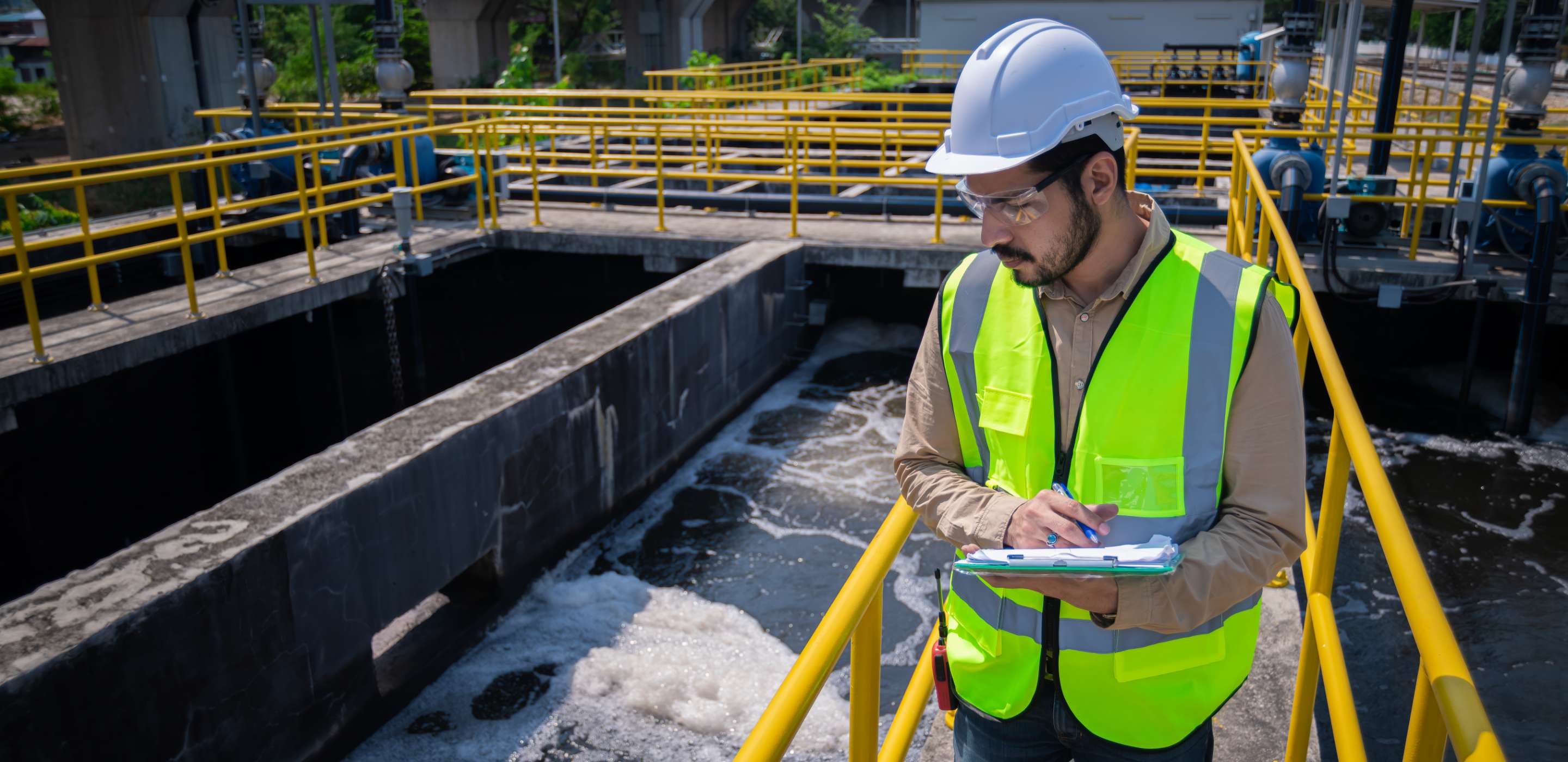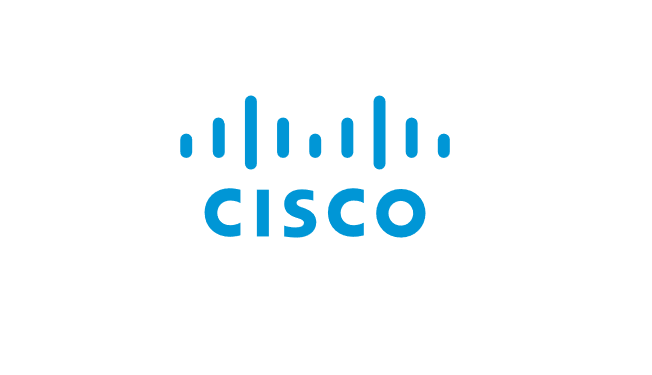-
Featured services
2026 Global AI Report: A Playbook for AI Leaders
Why AI strategy is your business strategy: The acceleration toward an AI-native state. Explore executive insights from AI leaders.
Access the playbook -
Services
View all services and productsLeverage our capabilities to accelerate your business transformation.
-
Services
Enterprise Networking
-
Services
Cloud
-
Services
Consulting
-
-
Services
Data and Analytics
- Intelligent Solutions
- Data Strategy and Program
- Data Engineering and Platforms
- Data Governance and Management
- Data Visualization and Business Decision
- GenAI Consulting
- GenAI Platforms
- GenAI Industry Services
- GenAI Infrastructure Services
- GenAI Value Transformation
- View Data and Artificial Intelligence
-
Services
Infrastructure Solutions
-
Services
Global Data Centers
-
Services
CX and Digital Products
-
Services
Application Services
-
Services
Sustainability Services
-
Services
Digital Workplace
-
Services
Business Process Services
-
Services
Generative AI
-
Services
Cybersecurity
-
Services
Enterprise Application Platforms
![]()
Accelerate outcomes with agentic AI
Optimize workflows and get results with NTT DATA's Smart AI AgentTM Ecosystem
Create your roadmap -
-
-
Insights
Recent Insights
-
The Future of Networking in 2025 and Beyond
-
Using the cloud to cut costs needs the right approach
When organizations focus on transformation, a move to the cloud can deliver cost savings – but they often need expert advice to help them along their journey
-
Make zero trust security work for your organization
Make zero trust security work for your organization across hybrid work environments.
-
-
![]()
2026 Global AI Report: A Playbook for AI Leaders
Why AI strategy is your business strategy: The acceleration toward an AI-native state. Explore executive insights from AI leaders.
Access the playbook -
-
2026 Global AI Report: A Playbook for AI Leaders
Why AI strategy is your business strategy: The acceleration toward an AI-native state. Explore executive insights from AI leaders.
Access the playbook -
Discover how we accelerate your business transformation
-
About us
CLIENT STORIES
-
Liantis
Over time, Liantis – an established HR company in Belgium – had built up data islands and isolated solutions as part of their legacy system.
-
Randstad
We ensured that Randstad’s migration to Genesys Cloud CX had no impact on availability, ensuring an exceptional user experience for clients and talent.
-
-
CLIENT STORIES
-
Liantis
Over time, Liantis – an established HR company in Belgium – had built up data islands and isolated solutions as part of their legacy system.
-
Randstad
We ensured that Randstad’s migration to Genesys Cloud CX had no impact on availability, ensuring an exceptional user experience for clients and talent.
-
![]()
2026 Global AI Report: A Playbook for AI Leaders
Why AI strategy is your business strategy: The acceleration toward an AI-native state. Explore executive insights from AI leaders.
Access the playbook -
- Careers
CILE prides itself in delivering safe drinking water to the residents of the municipalities in Liège, Belgium. Working with Cisco and CILE, NTT DATA deployed a series of gateways to securely connect their sensors and water meters to the regional LoRaWAN network, providing them with real-time insights into the state of their water delivery network. This allows them to deliver a sustainable water supply now, and in the future.
Client profile
The Compagnie Intercommunale Liégeoise des Eaux (usually known as CILE) sources and distributes drinking water to 24 municipalities in the province of Liège, Belgium. With their team of nearly 400 multidisciplinary agents are committed to preserving water and optimizing the management of water transport networks.
Vision
Smarter monitoring and control to boost sustainability
The residents of the municipalities in Liège, Belgium, are used to turning on their taps and receiving safe drinking water. This is made possible by CILE, who pump groundwater into water towers and then distribute it to residents. The province of Liège has felt the impact of the climate crisis in various ways, including catastrophic flooding in July 2021 that cost lives and damaged houses and infrastructure.
As part of their drive to optimize water usage, and ensure a sustainable supply of water, they needed a way to improve the performance of the network that supports the systems used to monitor water usage and that generates alerts when sensors detect problems such as leaks and backflows (when the water pressure drops pulling water from other sources into the municipal system).
They wanted to meet four specific business goals by improving the LoRaWAN that connects their sensors:
- Introduce smart metering to monitor water consumption, provide accurate billing and detect if water is being overconsumed when water restrictions are in place.
- Strengthen the smart grid that manages the water pipelines that run to Germany and the Netherlands in collaboration with the Société Publique de Gestion de l'Eau (SPGE). This is necessary because large volumes of water can be exchanged between countries, and the bidirectional flow needs to be calculated to ensure just the right amount of water is pumped.
- Create a small distribution array for each water tower and section to control the distribution of water in these sections. Sectorization would allow CILE to detect where water leaks are by comparing the volume of water at different points from the water tower to homes and along the pipeline.
- Identify which pipelines to replace first. Aging pipelines lose water through leaks. CILE wanted to use information on which pipelines are losing the most water to decide on which ones to replace first.
The aim of creating the smart network was to preserve water by limiting leaks, only pumping as much water as is needed while maintaining and replacing the piping system.
"We have a mandate to distribute water to the residents and businesses of Liège, which makes it difficult to expand our business through traditional means. We wanted to digitize and automate processes so we could build out business by offering new services and additional value to our customers."
Transformation
Secure gateways connect more than 250,000 sensors
As part of their overall modernization journey, CILE was already participating in Liège’s Smart City program, which combines technology with initiatives aimed at prioritizing sustainable development and improving residents’ lives. One of the components of the smart city is its LoRaWAN. CILE had already started deploying sensors and had an intelligent network in place. Their next step was to use the data from those sensors to drive actionable insights.
Before NTT DATA became involved, Cisco conducted an assessment to determine how many network gateways were needed to cover the province and connect the more than 250,000 IoT devices located in the towers and pipe network. When NTT DATA joined the project, we worked with Cisco to deploy three gateways as a proof of concept to show how the sensors could connect to the gateways and relay information through the network.
We created a clear data structure that defined what data needed to be gathered and stored. It was also crucial to clearly define the conditions needed to trigger an alarm. The integration of these elements into SAP allowed CILE to decrease the impact of alarms on the business, while providing valuable intelligence to the relevant teams.
Once the architecture was finalized, NTT DATA deployed 53 Cisco IXM Gateways in a secured OT network to gather information from the devices. While the devices provide information on water consumption, they can also measure temperature, pressure in the pipes, backflows and leaks. We then integrated all the data streams while providing governance over all five project layers – sensors, networking, data, function and process. Bringing IoT devices, big data and AI together turns data into actionable insights that create value and enable savings in the long term.
We also manage the security for all the sensors as well as CILE’s connection to LoRaWAN. The way the sensors are provisioned guarantees that they are secure with end-to-end encryption between the devices and the monitoring systems.
"We took advantage of NTT DATA’s expertise in networks and IoT to further our goal of creating an integrated, smart city. We now have intelligent data, so we can make informed decisions to improve resident’s lives and optimize water management."
Transformation
Smart water monitoring ensures a sustainable future
The smart network connects the IoT devices, and the data these devices provide allows CILE to improve water management by detecting problems in the pipelines and accurately and automatically monitoring water use. This information enables them to automate their billing systems. CILE can also now expand their business by offering new services.
Conserving water
Accurate information on the water in the system, water leaks and usage allows the company to pump only the water they need into the towers, instead of filling up the towers. Knowing what normal use looks like also allows CILE to see when water is being used when use is restricted, for example, when a customer fills a swimming pool.
More frequent and accurate billing
Knowing exactly how much water households, industries and large users are using enables CILE to automate billing and accurately invoice users according to the agreed schedule. Customers now know how much water they’re using without resorting to estimates or manual checking.
Speak to an expert






